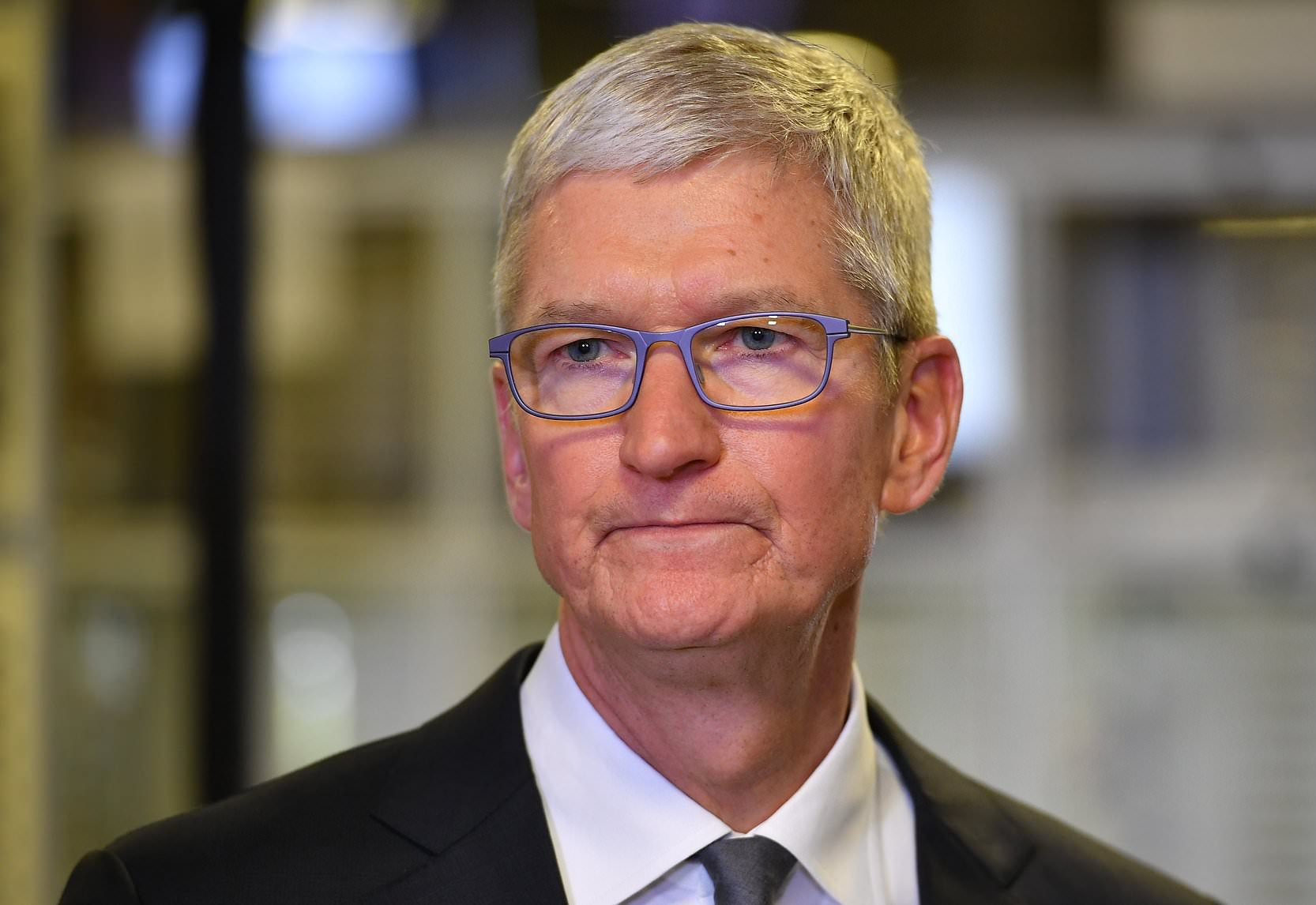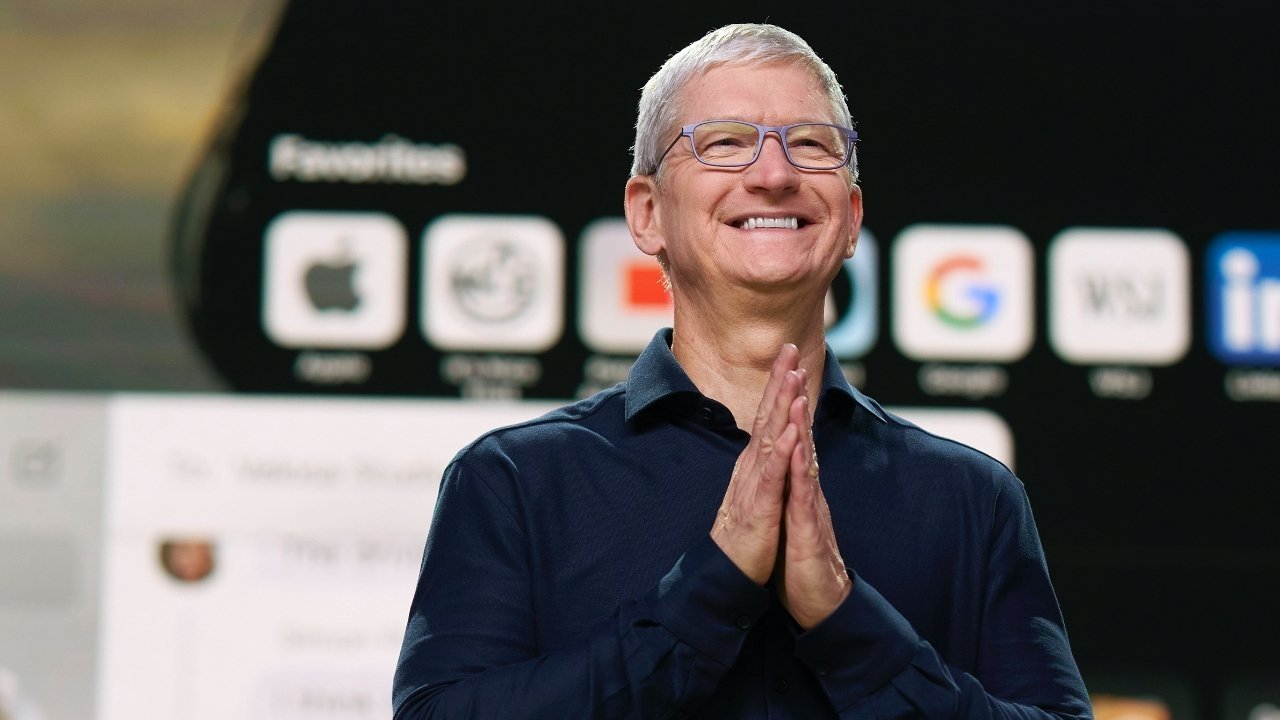
As the world’s technological power dynamics shift at unprecedented speed, China is orchestrating a calculated and increasingly successful campaign to establish itself as the backbone of digital infrastructure for developing countries.
While American companies like Apple focus heavily on consumer markets in North America and Europe, and struggle to maintain influence in the age of AI, China is pushing forward an alternative vision of digital globalization—one built on partnerships, infrastructure, and long-term integration across Asia, Africa, Latin America, and the Middle East.
What appears on the surface to be a strategy of economic assistance is, in reality, a complex matrix of digital influence, one that may leave the United States and its tech giants on the sidelines of the next global digital revolution.
In recent years, China has dramatically accelerated its outreach through platforms like the Belt and Road Initiative (BRI) and BRICS cooperation mechanisms.
It has signed multiple digital economy cooperation agreements with over 20 countries, launched cross-border cloud computing partnerships, and offered technical assistance in fields ranging from artificial intelligence to blockchain and smart governance.
Chinese firms such as Huawei, ZTE, Tencent, Alibaba Cloud, and Baidu are no longer simply domestic champions—they are becoming indispensable components of many nations' technological blueprints.

China’s Digital Silk Road, once viewed as a soft supplement to physical infrastructure development, is now a primary driver of geopolitical soft power.
At the heart of China’s message is an appeal to sovereignty and independence. In contrast to Western tech governance models that often involve regulatory conditions or privacy demands, China offers a model where nations are free to build their own digital rules under a broad umbrella of cooperation.
This message resonates particularly in countries that feel marginalized or pressured by Western standards, whether in data localization, platform regulation, or digital taxation.
China presents itself as a partner that respects national context, not as a hegemon enforcing universal rules. This framing has allowed Beijing to position its approach as more respectful and sustainable for the Global South, even as critics warn of hidden costs.
Apple, by comparison, has struggled to extend its influence in this emerging landscape. Once the undisputed leader in global consumer electronics, Apple has faced difficulty adapting to the new geopolitical and technological environment.
Its high-end devices remain out of reach for most consumers in developing nations, and its closed ecosystem model often fails to meet the needs of markets seeking flexible, low-cost, and locally adaptable technologies.
While Apple continues to profit from its loyal base in wealthier countries and its dominance in certain urban centers globally, it is conspicuously absent from many of the cross-border digital infrastructure deals shaping the Global South.

In countries like Kenya, Indonesia, and Brazil, China’s presence is being felt not just in hardware but in policy influence. Chinese-led digital training programs are shaping future bureaucrats, developers, and engineers.
Local governments are deploying Chinese surveillance platforms, building cloud data centers with Huawei or Alibaba, and using Chinese satellites for remote sensing and agricultural monitoring.
These partnerships extend beyond transactional relationships—they are shaping long-term dependencies, often supported by financing terms that Western firms are unwilling or unable to match.
While Apple fights regulatory battles in the EU and the United States over privacy and app store rules, Chinese firms are helping write the technology laws in regions Apple has largely ignored.
In 2023, China’s Ministry of Industry and Information Technology published a white paper calling for deeper digital cooperation under the BRI framework. The document emphasizes 5G rollout, AI training hubs, and blockchain governance standards as core pillars of the Digital Silk Road.
At the same time, China launched forums and summits under BRICS, inviting tech ministers and CEOs from emerging economies to Beijing to share strategies, offer grants, and negotiate digital market access.

Unlike the American model—where firms like Apple maintain distance from state policy—China’s approach fuses government direction with corporate execution, creating a coherent vision that is attractive to governments seeking rapid technological advancement.
For Apple, the contrast is sobering. The company’s ecosystem is built around a philosophy of premium simplicity, strict control, and gradual evolution. This has served Apple well in stable markets, but it limits its flexibility in environments where cost, localization, and infrastructure integration are essential.
Apple has made moves into India, attempting to diversify its supply chain and open flagship stores, but it still trails behind in terms of influence compared to Chinese firms in the same region.
Its iCloud services are rarely adopted in areas where internet reliability is inconsistent, and its app development ecosystem often overlooks regional needs.
Moreover, Apple’s emphasis on privacy—which is a selling point in the West—can be a liability in countries where governments demand data access or prefer domestic cloud solutions.
China’s model also appeals to another key concern of many developing nations: technological sovereignty. In contrast to U.S. firms, which often centralize services and keep source code proprietary, Chinese companies have offered more modular and open architectures, allowing local customization.

Some even offer partial source code access, technical training, and joint venture arrangements that appear more inclusive. Apple, in this context, is seen not just as expensive, but as exclusionary.
Its unwillingness to share control, customize products, or bend to local conditions makes it less attractive to governments seeking both growth and autonomy.
This is not to say China’s digital diplomacy comes without strings. Numerous watchdogs have raised concerns about surveillance, data security, and hidden political agendas.
The installation of facial recognition and monitoring systems by Chinese vendors in Africa and Central Asia has triggered debates over digital authoritarianism.
Nevertheless, the appeal of fast, cheap, and fully integrated solutions continues to outweigh concerns in many capitals. As long as Chinese companies can deliver tangible results at scale—while Apple and its Western peers focus on incremental innovation and internal regulatory fights—China’s influence will only grow.
Even in education, China is building soft power. Digital literacy programs led by Chinese firms are entering public schools. University partnerships for AI research are being signed in Latin America and Southeast Asia.
Conferences sponsored by Chinese tech think tanks are setting the terms of debate around ethics, governance, and platform policy. Apple, by contrast, remains focused on product launches and retail expansion.

Its educational efforts, while impactful in Western markets, rarely reach the scale or strategic alignment seen in Chinese state-industry cooperation.
The implications of this divergence are profound. In a world where digital infrastructure defines not only economic growth but also political alignment, China’s strategy positions it as a default partner for the next generation of leaders.
Apple, while still a symbol of quality and design excellence, risks becoming a luxury artifact in an era driven by accessibility, interoperability, and digital statecraft. Unless it rethinks its role—not just as a product maker, but as a systems-level actor in the global digital order—Apple may find itself watching from the sidelines as China rewrites the rules.
In short, while Apple clings to brand prestige and margin protection in traditional markets, China is quietly building the next internet in places where it matters most for the future.
And by the time the West wakes up to this shift, it may discover that the digital alliances of tomorrow have already been signed—without Cupertino at the table.
-1743742544-q80.webp)


-1747901055-q80.webp)